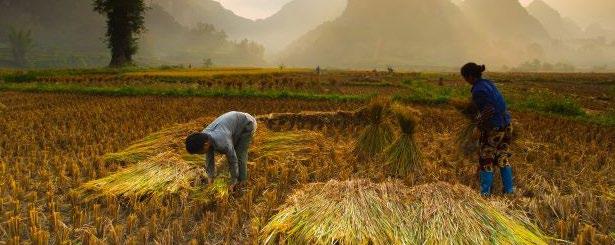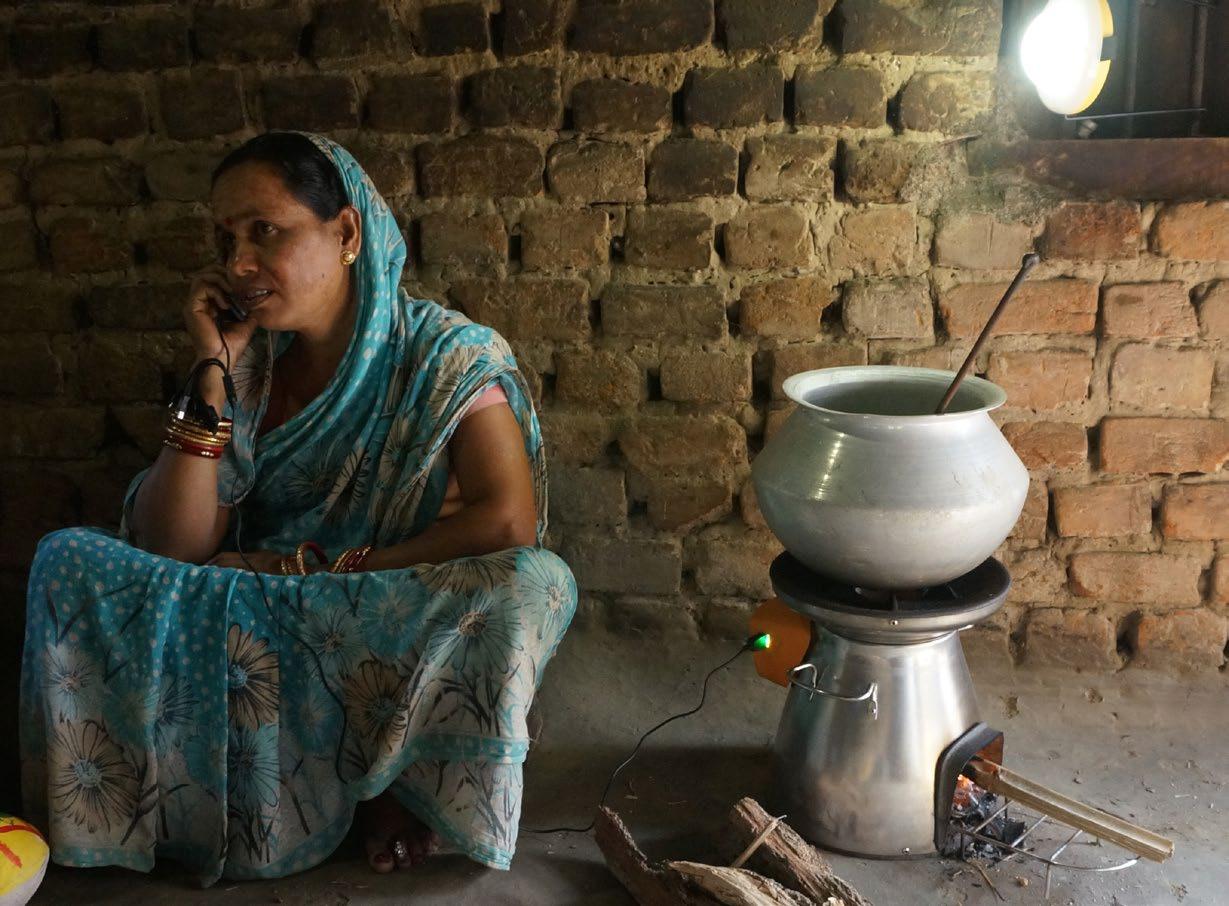
3 minute read
Water and Land (including Timberland
• Fixed-income investment in Impact Assets ‘Sustainable Agriculture Note,’ a five-year private debt security that invests in grower cooperatives and agricultural enterprises promoting sustainable agriculture practices that improve environmental performance and build food systems while benefiting small to mid-sized farmers
Rationale
Advertisement
Supply of water and land are likely to present the largest challenges to base-ofpyramid communities, given the rising global population. The McKinsey Global Institute estimates that “the annual pace at which [water and land] supply is added over the next 20 years... would have to increase by 140 percent and up to 250 percent, respectively, compared with the rate at which supply expanded over the past two decades.”10
Globally, forest cover stores 283 billion tons of carbon. Deforestation and forest destruction is the second leading cause of carbon pollution, causing 20% of global greenhouse gas (GHG) emissions.11
For impact investment considerations, any environmental asset should also be, at the very least, neutral on a social impact scale.
Types of Investments
Investments might be made in the following areas:
• Increasing efficiency of water infrastructure by (a) targeting infrastructure investing that can demonstrably reduce waste, optimize distribution efficiency, and reflect local ecological concerns; and (b) investing in companies that are reducing water use and increasing water efficiency in operations
• Expanding innovations to increase water-use efficiency, reduce waste, and improve water quality by (a) investing in consumer- and industry-level tools that encourage efficiency, including meters and low-flow fixtures; (b) exploring market-based mechanisms of water rights and trading schemes that result in increased water conservation at scale; and (c) investing in treatment technologies that address a growing list of pollutants from industrial, agricultural, and human waste
• Increasing access to water and sanitation through urban and rural infrastructure by (a) providing financing to water infrastructure and distribution schemes that are located where incidence of water poverty are greatest, and (b) investing in technologies that provide low-cost solutions to purification and treatment and that can be widely adopted in poor, rural areas where water scarcity is acute
Sample Capital Allocation
Examples of direct investments into enterprises include:
• Private equity investment in Water Health International, which develops and runs de-centralized WaterHealth Centers with water purification plants that provide safe and affordable drinking water to underserved populations in India, Africa, and the Philippines
• Real asset investment in Living Forest Communities, which invests in development of forestland into a conservation community of clustered home sites in Canada
Examples of indirect investments include:
• Real asset fund investment in Lyme Forest Fund, which focuses on the acquisition and sustainable management of lands with unique conservation values
• Real estate fund investment in Beartooth Capital, which invests in and manages ranch real estate to generate financial returns and positive conservation, agricultural, and community impact
• Natural resources fund investment in the EKO Green Carbon Fund, which develops innovative approaches to financing conservation and environmental sustainability with a focus on carbon, fisheries, green infrastructure, and water
• Natural resources fund investment in Ecosystem Investment Partners, which acquires, entitles, restores, and manages properties across the
United States that generate credits for wetland, stream, and endangered species mitigation
• Private equity fund investment in Aqua-Spark (the Netherlands), which invests in sustainable aquaculture businesses that generate investment returns while creating positive social and environmental impact (Note: This fund has long-term investment horizons and thus carries a redemption option after five years.)
• Protecting and restoring land with high conservation value by (a) acquiring, protecting, and restoring lands, watersheds, and ecosystems with high conservation value, and (b) entitling land as mitigation banks:12 engaging in water quality trading, transferring of development rights, and carbon sequestration
• Managing and preserving freshwater bodies and systems by strengthening the natural function of land-based ecosystems through conservation and restoration that increase drought resiliency, provide flood protection, and mitigate risks stemming from water-related natural disasters






